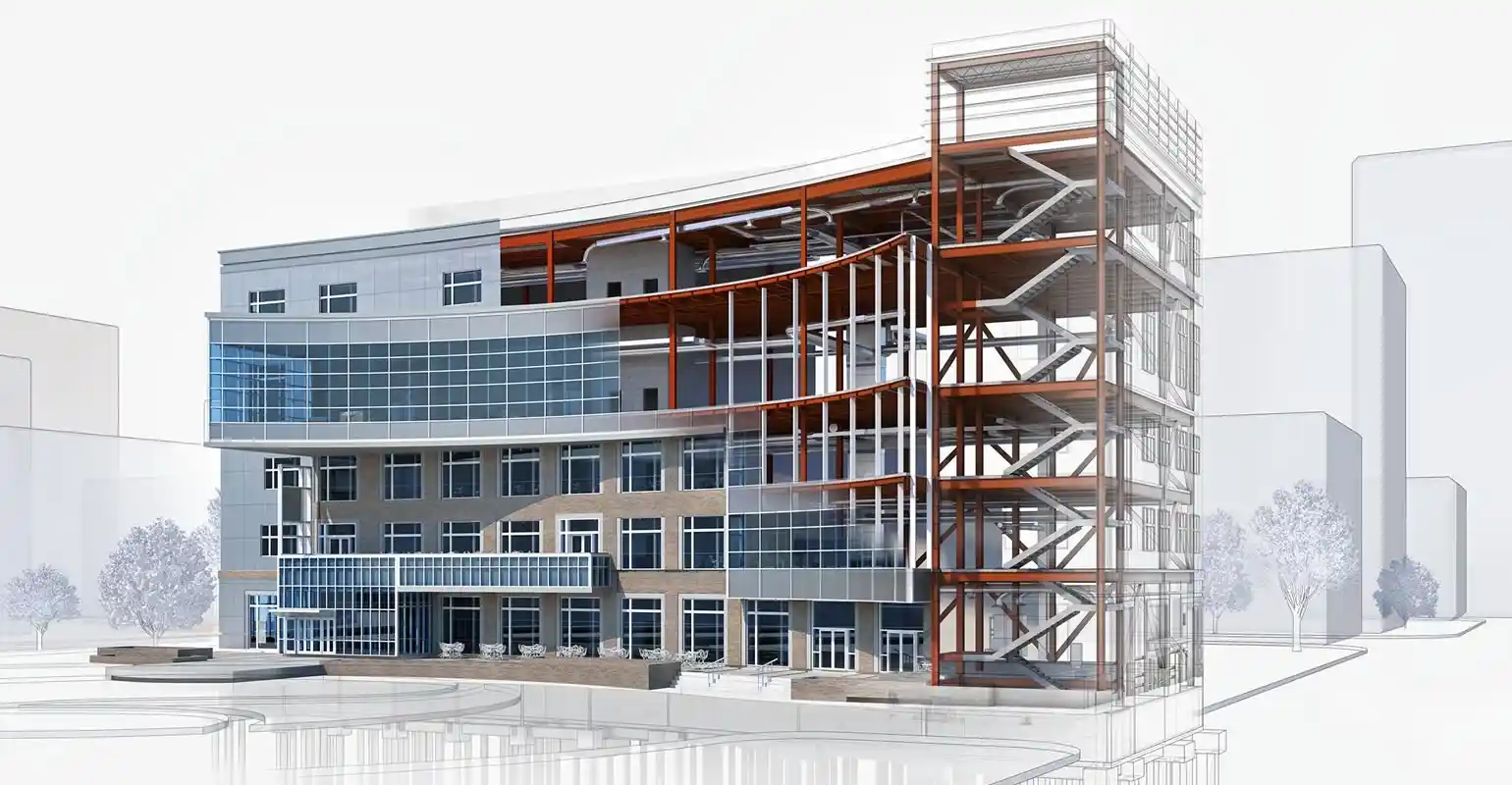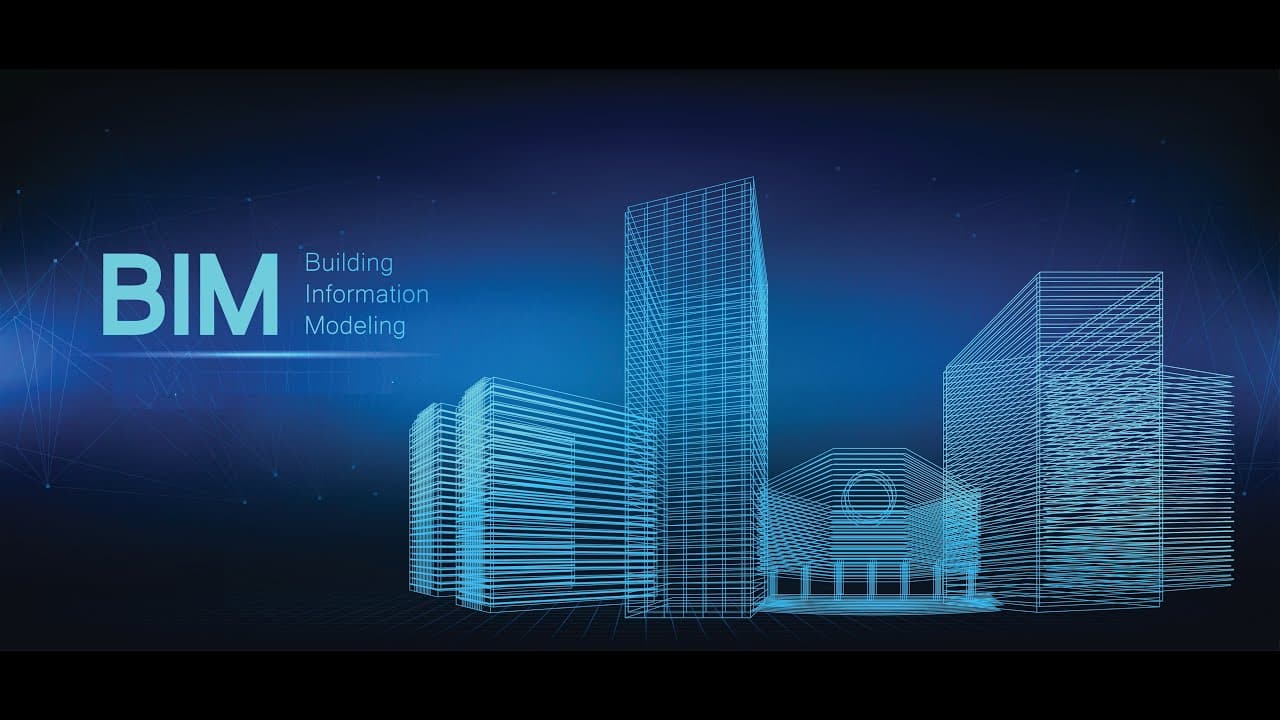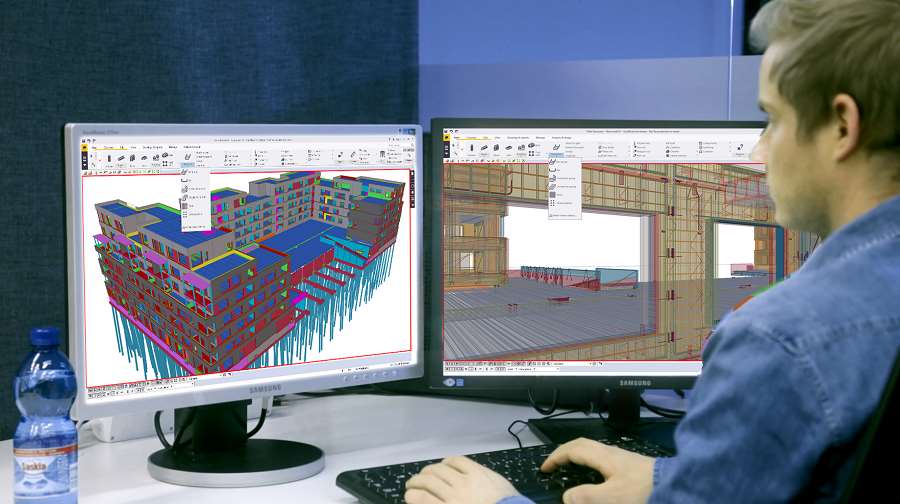Are you ready to bring ideas to life in three dimensions? Today’s 3D modeling software makes that dream easier. You see every angle of your design. You fix errors before they become big. Most of all, you impress clients or teammates with detailed previews. This approach saves time and feels exciting. By learning these tools, you unlock fresh possibilities. You also streamline workflows. Check out rebar detailing and BIM for a peek into complex design strategies. When teams share precise models, they communicate better. They spot problems early. Ultimately, they deliver projects that truly shine. 3D modeling is not just for high-end studios anymore. Hobbyists can master it too. Even small businesses use these platforms to pitch ideas. In fact, 3D models show customers how a product looks in real life. This builds trust. It also reduces the cost of prototypes. Thus, your process runs more smoothly. Why 3D Modeling Matters Three-dimensional modeling transforms concepts into clear visuals. In 2D drawings, errors hide easily. With 3D, you rotate or zoom in on every spot. That ensures each part fits together. Plus, you share these files with remote collaborators. Everyone sees the same view, no guessing. Meanwhile, it boosts creativity. You can try various forms quickly. Instead of building multiple physical prototypes, you just tweak the file. This cuts expenses. It also encourages more daring ideas. You gain freedom to experiment. As a result, your final design stands out. Consider 3D rebar detailing is reshaping construction. It shows how precise details impact large-scale work. Construction experts rely on accurate models. Without them, costs climb. Timelines stretch. Yet 3D software eliminates many hurdles. Benefits of Visualizing in 3D With 3D software, you explore variations instantly. One day, you might test five chair designs. The next day, you adjust them for height or style. This fluid process makes design more rewarding. It also reduces frustration over late-stage surprises. If you crave further specialized approaches, you might explore advanced 3D modeling methods. Niche services or plugins can tackle highly specific tasks. Such tools help you create intricate structural details or custom parts. They also boost the accuracy of large projects. Picking the Right Software No single program fits all needs. Some tools excel at character animation. Others focus on architecture or engineering. Before you choose, think about your project goals. Do you want realistic renders or stylized art? Are you building a product, a building, or a virtual game world? Also, check your budget. Free programs like Blender or Tinkercad can be powerful. Premium software like Maya, 3ds Max, or SolidWorks might offer advanced features. But they cost more. Always match the tool to your skill level and system specs. You do not want laggy performance. Meanwhile, it is wise to note compatibility. If you work with clients or teammates who use certain file types, pick software that supports them. It makes file sharing simple. In the same way, see if there is a strong community for the tool. Active users mean more tutorials and faster help. Top 3D Modeling Tools Worth Exploring 1. Autodesk Maya 2. Blender 3. SketchUp 4. Autodesk 3ds Max 5. ZBrush 6. Cinema 4D 7. SolidWorks 8. Rhino 3D 9. Tinkercad 10. Fusion 360 When the task moves beyond basic shapes, explore modeling services that guide complex projects. Skilled teams often bring a fresh perspective. They fine-tune details you might overlook. This can be a game-changer when deadlines loom or designs grow huge. Tips for a Successful Start Learn in Steps Begin with simple objects: cubes, spheres, or basic furniture. Then move to more detailed projects. Starting small avoids burnout. Use References Real-world photos or schematics keep your designs accurate. Check proportions, shapes, and colors. This boosts realism, even for fantasy art. Engage the Community Forums and user groups share wisdom. Post your work for critiques. You grow faster when pros point out improvements. Keep it Organized Name your files clearly. Group related parts. Use layers or collections. Organization saves time and reduces errors later on. Test Often Render partial scenes or test motions early. This reveals issues before you commit hours to complex tasks. Quick checks prevent headaches. Streamlining Workflows Once you get comfortable, look for shortcuts. Almost every software has hotkeys. Using them speeds up tasks. You might also explore specialized plugins. Those can automate repetitive steps, such as generating foliage or handling physics simulations. Remember to refine your meshes. High polygon counts slow renders. Clean topology prevents artifacts. If realism is your goal, practice texturing and lighting. That final polish can make your model look cinematic. Meanwhile, game developers may focus on optimization to keep frame rates high. For projects needing special tools, you might consider Bentley BIM modeling or other industry-specific solutions. Some programs offer unique workflows for large-scale architectural and engineering tasks. They also integrate with standard BIM platforms. That synergy means fewer compatibility issues. Avoiding Common Mistakes Watch your passive voice. Stay direct when you narrate tasks or describe features. Also, try to keep sentence length short. That clarity helps readers who are new to 3D modeling. They will absorb knowledge faster and feel less confused. Rendering and Beyond Modeling is step one. Rendering is step two. Great renders need good lighting, materials, and sometimes post-processing. V-Ray, Arnold, and Cycles are popular render engines. They simulate real-world light to create photo-realistic images. This process can be time-consuming. Plan accordingly. Post-processing tools like Photoshop or GIMP refine your final shot. You can tweak brightness, color balance, or add subtle effects. For animation, software might let you do basic compositing. Alternatively, you can use external apps for deeper editing. Some 3D creators incorporate augmented or virtual reality. That means your models can appear in real-world spaces, or you can immerse viewers in a digital environment. This field grows every day. Skills you gain now will serve future projects well. Real-World Uses Professionals in construction often employ Revit BIM modeling for bigger building projects. That way, architects and engineers share a unified model. They see
- Detailing constructible link from virtual to the real world!



